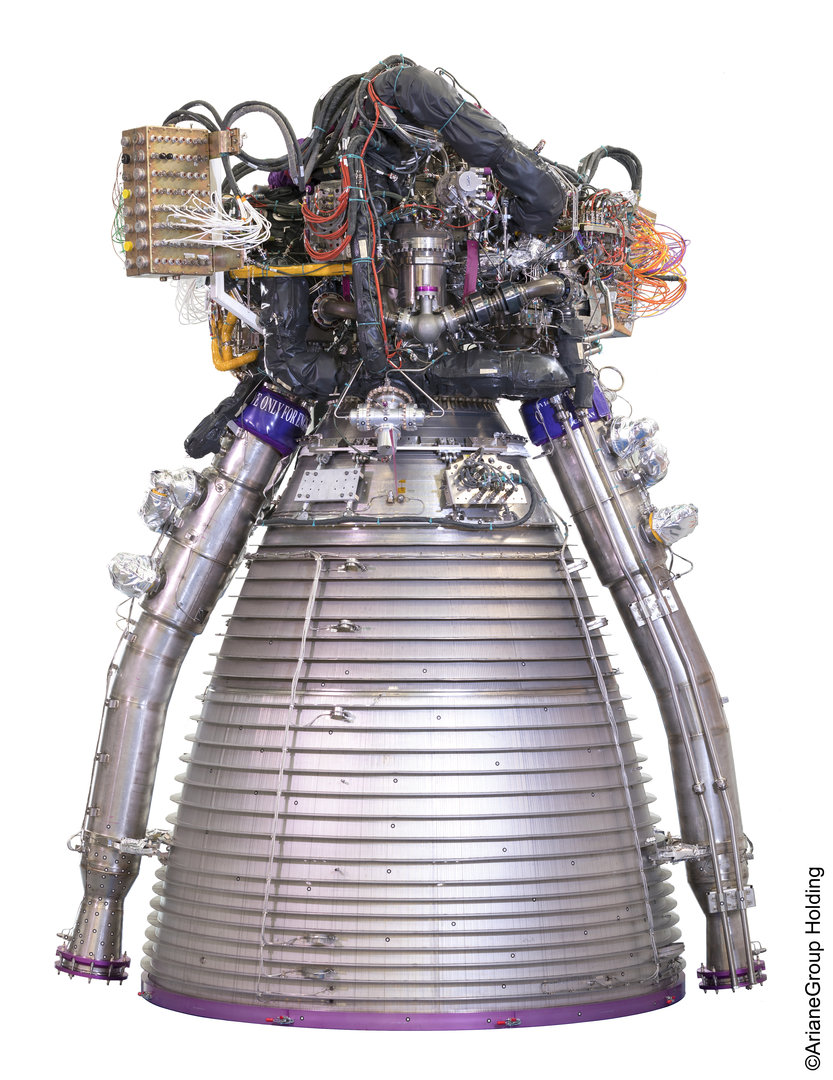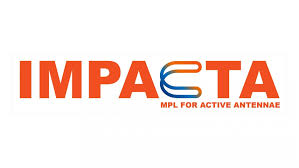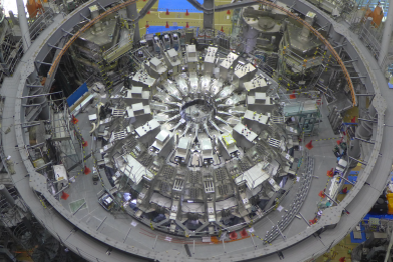Chill-down of Rocket Engine
The CATHARE code is used since 2004 in the frame of the COMETE project to model the chill-down phase of the VINCI engine of the ARIANE rocket. This chill-down must be accomplished and compatible with the duration of the boost phase and the ballistic flight phase (under microgravity conditions). It has a direct impact on the performance of the propulsive system because the fuel used for chill-down is lost. 
ArianeGroup and CEA launched a collaboration to develop simulation tools for chill-down and transient analysis of cryogenic rocket engines: support the Vinci development phase, simulate all chill-down sequences under stage flight conditions and support the Vinci test and production campaigns. The simulation is based on a co-simulation algorithm between the thermal-hydraulic code CATHARE and the mecano thermal code SAMCEF-Thermal. Specific developments have been carried out in CATHARE to simulate the two-phase flow behaviour of cryogenic propellants (oxygen and hydrogen): oxygen and hydrogen properties extended to the supercritical domain, dedicated heat transfer closure laws, heat exchange coefficient correction for microgravity and extension of the materials libraries.
Innovative Mechanically Pumped loop for ACTive Antennae
The satellite telecommunications industry is currently undergoing significant evolution. Future communication satellites need to accommodate a rapidly growing demand in data transfer, combined with more flexibility.
IMPACTA is an ongoing project funded by Horizon 2020 – European Commission. Its objective is to create an innovative bespoke thermal control solution for Active Antennae that are a building block of next generation telecom satellites in Europe.
IMPACTA’s consortium contains the complete spectrum of partners that are required to successfully develop this disruptive novel technology. The consortium takes advantage of its experience in state-of-the-art cooling systems for terrestrial and space applications. It contains research institutes (CEA, NLR, CERN), SMEs (AVS, Diabatix) that can eventually commercially supply this technology and an end-user of the technology (ADS).
Supercritical Helium Flow for Safety of Fusion Reactors
The CATHARE code is used in the frame of the THESAURUS project to model supercritical helium flow. The first performed application related to safety is the helium discharge line: “Cryostat soupape” experiment or the dynamic thermal-hydraulic modelling of a JT60-SA TFC Cable in Conduit presented below.

|  |